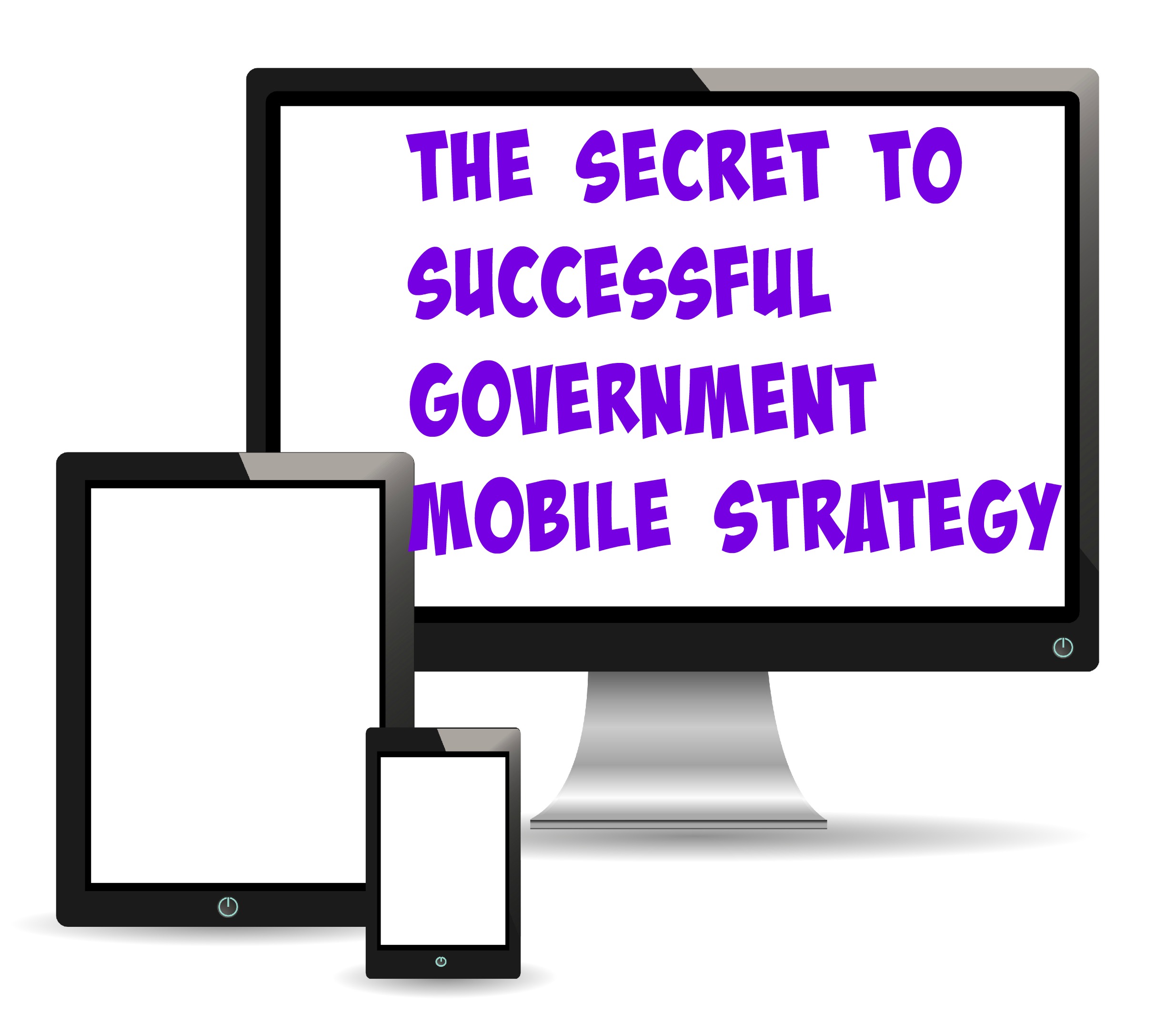By Pete Wilson, ICF International
I am a mobile guy. I spend a good deal of my time traveling from one place to the next to meet with clients and teams, and I rely heavily on my mobile devices. That’s right. I said devices because I use a variety of tools to perform different kinds of work. I have the laptop for complex tasks, a tablet for reading, reviewing, corresponding, and light word processing, and finally, I have the smartphone for talking, texting, transacting, and finding information quickly.
As it turns out, I am in the majority, too. It turns out that 56% of surveyed Americans said that they don’t just use desktops or mobile devices but have shifted to multiple devices to meet their information needs, wherever they are. More devices don’t necessarily mean people want more apps – but they do want to use apps more.
ComScore discovered that apps drive the vast majority of media consumption activity on mobile devices, accounting for approximately 7 out of every 8 minutes. This trend serves as a clear signal that apps should be a part of government agencies’ mobile strategies. However, a recent Government Business Council survey reported that 63% of agencies do not use mobile apps to deliver services to their external customers. That number increases to 70% when asked if they use mobile apps for their internal customers.
So what’s holding agencies back?
When asked, agency respondents indicated that they didn’t have sufficient resources. Fedscoop’s Digital Government Study indicated that 6 in 10 survey respondents said that IT budgets were an obstacle to implementing their digital strategy. Mobile apps don’t have to come with a heavy price tag though. Agencies can start small and build on successes. So what other barriers exist?
Barrier: Knowing what to build.
When they are not playing games, mobile users typically look up information, learn about their surroundings, or communicate through their devices. Agencies struggle when they don’t have a good understanding of their business processes or how the public wants to use information. A poorly conceived app can become a burden to process owners, frustrate end users, and diminish the public’s trust in government to conduct online business — a bad proposition all around.
Solution: Identify and focus app development efforts
- Talk to your prospective app user communities. Use design-driven approaches to shape your understanding of their needs and the ways in which they work.
- Engage your business and IT stakeholders to develop a shared vision of the customer experience that guides near- and longer-term app development.
- Keep it simple and familiar. Users like fast, intuitive app experiences – ones that provide immediate answers.
Barrier: Selecting a platform strategy- mobile web or apps.
While apps are heavily used by the mobile community, it may mean that you have to begin developing unfamiliar products across multiple operating systems. New hardware releases, security concerns, and product development become ongoing concerns that drive agency costs. On the other hand, the mobile web presents itself as an appealing platform for delivering mobile solutions. Agencies can continue to leverage technology, skills, and maintenance processes that are already in place, but run the risk of not being used.
Solution: Align development to your mobile strategy
- If you are new to apps, start with a few small pilot projects to learn about what it takes to produce, integrate, deploy, and manage apps.
- Start small to deliver simple solutions that can be built upon or that integrate with a larger customer engagement strategy.
- If you are going mobile web, take advantage of responsive design techniques so that your solution works across multiple types of devices, from smartphone to the desktop.
- Take a look at how well-designed online APIs can enable you to bridge both mobile web and app development.
Barrier: Managing the customer experience.
Agencies’ missions impact hugely diverse stakeholder groups, and it is a constant challenge to ensure that solutions are useful, usable, and secure. Planning for and resourcing customer communications, education, and engagement around these issues is essential to the management of your solution. Limited funding, communications know-how, and approval barriers are real concerns. The good news is that they are not insurmountable.
Solution: Plan and iterate.
- Develop a product development plan early on that factors in ongoing customer engagement. Make sure that these resources are included early on in your budget request.
- Look carefully at the design of popular apps. Replicate design features that are familiar to mobile users.
- Consider adding a feedback feature to your app so that you can learn from the user as the app is used. Also monitor online reviews of the app to hear what people like and dislike.
Every organization has its own barriers, and I have only addressed a few. It is clear though that government has an opportunity to connect with the public in new ways and drive new levels of efficiency, satisfaction, and public trust. Whether you are facing these barriers or others, what we’ve learned is that that every mobility barrier has several solutions. So…what’s holding you back?
Originally posted on ICFI Thinking




Great post – but what about mobile device security in gov organizations? How do you sell MDM to end-users?